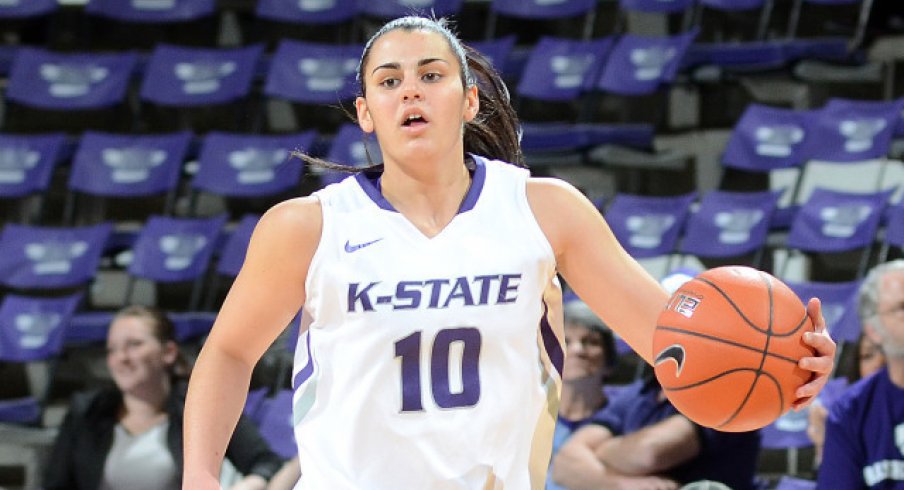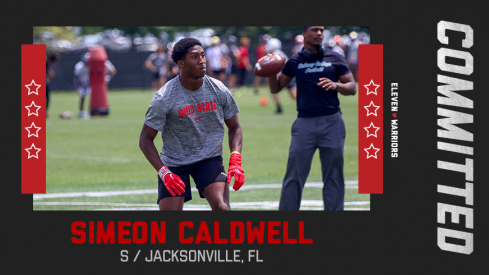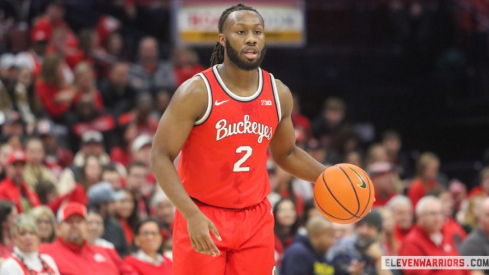Ohio State adds another top-100 safety as Simeon Caldwell commits to the Buckeyes.
The transfer epidemic engulfing college basketball has gone from brush fire to full-fledged wild fire covering thousands of acres. In the 1970s, 80s and even as recently as the 90s, a few dozen transfers occurred each offseason. That number has since soared into the hundreds.
Summer becomes an entirely new recruiting period for coaches – not to survey the landscape for high schoolers, but to try and lure college players from one campus to another. This year has been particularly busy for coaches – and moving van companies – as more than 500 players have opted to attend a new school.
In the past decade, transfer rates in college basketball have nearly tripled, begging the question: why? The answers are many. Playing time, an opportunity to win a championship, coaching changes, distance from home – the list of bullet points can be endless.
Several high-profile schools have been big winners in the transfer sweepstakes – Luke Hancock, DeAndre Kane, Rodney Hood, Jordan Sibert and T.J. McConnell, among others.
Hancock left George Mason for Louisville and was named the Most Outstanding Player at the 2013 Final Four, which ended with the Cardinals wining the national championship. Iowa State also benefited from a star player leaving his school. Kane left Marshall for the Cyclones and helped lead Fred Hoiberg’s team to the Sweet 16, the program’s best season since 1999-2000.
Kane used a rule that’s come under criticism by many – graduating in under four years and then enrolling at another university that offers a different major than your original school.
The graduate transfer rule was implemented in 2006 – and has been abused ever since. Ohio State will get its first taste this season when Temple power forward Anthony Lee gives Thad Matta a proven big man. No coach should limit themselves, making the rule one that might be questioned but an avenue coaches must traverse to form a winning roster.
It’s upset coaches of every level, most especially those at mid-majors that lose players they’ve developed to top-25 programs. The early signing period could be a contributor in the low retention rates. There’s less evaluating and getting to know players, a factor in leaving school after a year or two.
The mass exoduses have led the game’s deep blue bloods – Duke, Kansas, Florida, etc. – to welcoming transfers with enthusiasm, not trepidation.
The other side of transferring is ugly – schools dictating an athlete’s landing spot. That scenario recently gained a bevy of negative national headlines when Kansas State administrators, including athletic director John Currie, did everything they could to keep women’s basketball player Leticia Romero in Manhattan.
Kansas State’s decision-making was baffling. Why not allow a foreign teenager to transfer after the coach who recruited her was fired?
For two months, Romero, a native of Spain, was told no, no and no again. Kansas State officials believed former head coach Deb Patterson, now an assistant at Northern Colorado, was illegally contacting Romero. When Currie approached university brass with information that proved this was not the case, Jeffery Morris, Kansas State’s vice president for communications and marketing, said the appeals committee’s decision was final and binding and there was “no university procedure to re-examine one of those decisions.”
OK.
By then, public pressure reached a fever pitch. Jay Bilas and Dick Vitale were two of the most outspoken critics. Finally, on Tuesday, Kansas State released Romero, who averaged 14.2 points, 5.8 rebounds and 5.0 assists last season as a freshman for the 11-19 Wildcats, from her scholarship with one stipulation – she couldn’t attend another Big 12 school.
Currie said he spoke with Romero and believed Patterson did not persuade her to transfer. After months of agony, Romero’s best interests were eventually put at the front of the equation. In announcing her release, Kansas State said it modified its policy on transfers. There’s now a clause that takes into consideration “the best interests of the student-athlete and the institution.”
But all it amounted to was damage control. Problem is, the Wildcats already doused their campus with gasoline and lit the fire. Cleaning up and getting away with arson isn’t possible. It took a mountain of bad publicity and the threat of legal action to make Kansas State turn course.
Unfortunately, the Romero saga is just the latest in a long line of administrator abuses when it comes to transfers.
Coaches are free to leave their post at anytime. The only repercussions might be a buyout clause in their contract. In an age where NCAA reform is a popular topic, changes in transfer rules would be a good starting point. The heart of Northwestern players’ attempts at unionizing isn’t simply that they want to form a union, it’s that they want a voice and seat at the NCAA decision-making table.
Money’s growing influence on intercollegiate athletics is not cloaked in secrecy. While college administrators scream about how bad an idea unions are, they do so with their best interests in mind, not student-athletes’.
Iowa State athletic director Jamie Pollard made perhaps the most egregious remarks on reform. He protested cost of attendance by threatening the $750,000 tab on fans. When you make just shy of $1 million a year, those complaints aren’t a good look.
Neither is the constant flood of transfers in college basketball. Or straightjacketing a player walking out the door.


